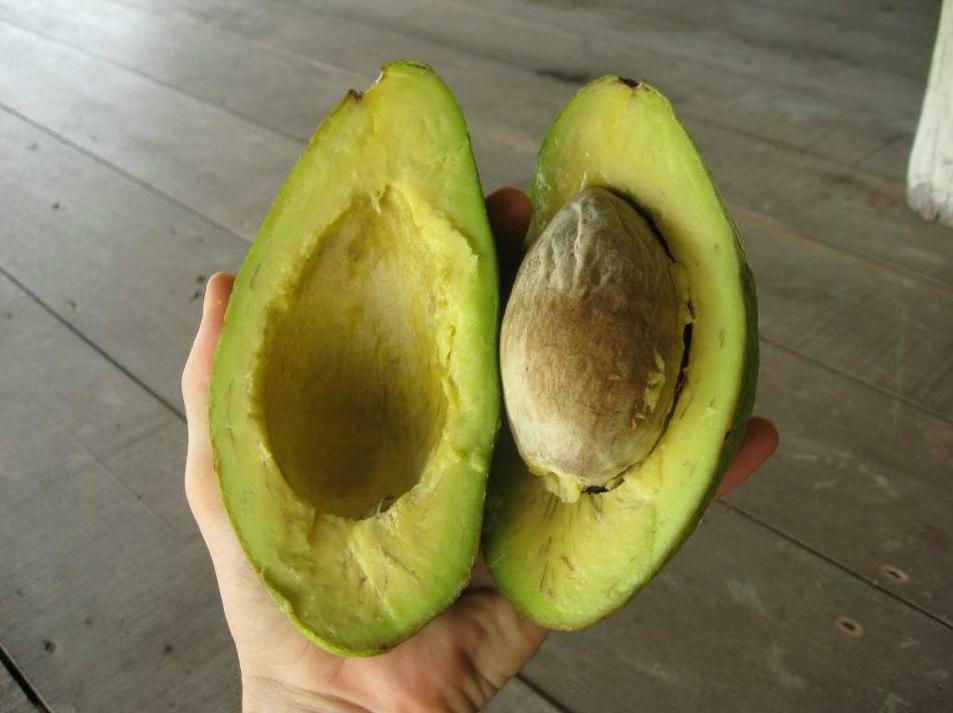Food, Farms, and Forests
 Local avocado for dinner
Local avocado for dinner
A recent article in the NY Times “As Biofuel Demand Grows, So Do Guatemala’s Hunger Pangs” brought attention to rising crop prices in Guatemala caused by increased biofuel production in rural areas. As we read it, there were some parallels to the food security issues in Panama.
One of the reasons we started Planting Empowerment was to address the negative economic and environmental impacts created by industrial teak plantation businesses. Their MO is to buy up land previously used for small scale crop production or cattle grazing, activities that generate calories and support smallholder livelihoods.
Our Equitable Forestry model addresses the issues of displacing food crops and rising food prices in three different ways:
Intercropping food crops between our rows of trees
Nine out of the 25 hectares we have under cultivation are planted with plantains, a staple of the Panamanian diet. Growing the plantains between our natives species hardwoods not only helps increase supply of this dietary staple, but also yields cost reductions through the sharing of maintenance expenses.
Using only a portion of partners’ land for forestry
Our intention from the beginning was to use only portions of partners’ land to locate our forest plots. With our Indigenous Partner community Arimae, the plantings are located on land allocated specifically for reforestation activities in their land management plan. This leaves large amounts of land for individuals to grow staple and cash crops.
Increasing incomes from profit sharing
Finally, our community forestry partners see increased incomes through land leases payments and profit sharing. This helps to reduce the impact of rising food prices that are hitting Panamanians just as much as the Guatemalans mentioned in the article.
Forest owners and developers need to carefully consider the indirect impacts their projects have on local and international communities. We would like to see more forestry companies intercrop food crops into their projects to help maximize the benefit of their forests and strengthen food security for local communities.